当前位置:网站首页>Add Modulo 10 (规律循环节,代码实现细节)
Add Modulo 10 (规律循环节,代码实现细节)
2022-08-03 08:11:00 【lovesickman】
Add Modulo 10 (规律循环节,代码实现细节)
题目描述
You are given an array of $ n $ integers $ a_1, a_2, \dots, a_n $
You can apply the following operation an arbitrary number of times:
- select an index $ i $ ( $ 1 \le i \le n $ ) and replace the value of the element $ a_i $ with the value $ a_i + (a_i \bmod 10) $ , where $ a_i \bmod 10 $ is the remainder of the integer dividing $ a_i $ by $ 10 $ .
For a single index (value $ i $ ), this operation can be applied multiple times. If the operation is applied repeatedly to the same index, then the current value of $ a_i $ is taken into account each time. For example, if $ a_i=47 $ then after the first operation we get $ a_i=47+7=54 $ , and after the second operation we get $ a_i=54+4=58 $ .
Check if it is possible to make all array elements equal by applying multiple (possibly zero) operations.
For example, you have an array $ [6, 11] $ .
- Let’s apply this operation to the first element of the array. Let’s replace $ a_1 = 6 $ with $ a_1 + (a_1 \bmod 10) = 6 + (6 \bmod 10) = 6 + 6 = 12 $ . We get the array $ [12, 11] $ .
- Then apply this operation to the second element of the array. Let’s replace $ a_2 = 11 $ with $ a_2 + (a_2 \bmod 10) = 11 + (11 \bmod 10) = 11 + 1 = 12 $ . We get the array $ [12, 12] $ .
Thus, by applying $ 2 $ operations, you can make all elements of an array equal.
输入格式
The first line contains one integer $ t $ ( $ 1 \le t \le 10^4 $ ) — the number of test cases. What follows is a description of each test case.
The first line of each test case contains one integer $ n $ ( $ 1 \le n \le 2 \cdot 10^5 $ ) — the size of the array.
The second line of each test case contains $ n $ integers $ a_i $ ( $ 0 \le a_i \le 10^9 $ ) — array elements.
It is guaranteed that the sum of $ n $ over all test cases does not exceed $ 2 \cdot 10^5 $ .
输出格式
For each test case print:
- YES if it is possible to make all array elements equal;
- NO otherwise.
You can print YES and NO in any case (for example, the strings yEs, yes, Yes and YES will be recognized as a positive answer) .
样例 #1
样例输入 #1
10
2
6 11
3
2 18 22
5
5 10 5 10 5
4
1 2 4 8
2
4 5
3
93 96 102
2
40 6
2
50 30
2
22 44
2
1 5
样例输出 #1
Yes
No
Yes
Yes
No
Yes
No
No
Yes
No
提示
The first test case is clarified above.
In the second test case, it is impossible to make all array elements equal.
In the third test case, you need to apply this operation once to all elements equal to $ 5 $ .
In the fourth test case, you need to apply this operation to all elements until they become equal to $ 8 $ .
In the fifth test case, it is impossible to make all array elements equal.
In the sixth test case, you need to apply this operation to all elements until they become equal to $ 102 $ .
打表找循环节。
我的:
/* 1 2 4 8 16 3 6 12 14 18 */
void solve(){
cin>>n;
set<int>st;
bool ok = 1;
bool A = 0;// 1
bool B = 0;// 3
bool C = 0;// 5
fo(i,1,n){
int x;cin>>x;
int t = x+x%10;
if(t%5==0){
if(!C){
C=1;
st.insert(t);
}
else{
if(st.find(t)!=st.end());
else ok = 0;
}
}
t %= 20;
if(t == 1 || t == 2 || t == 4 || t == 8 || t == 16){
if(!A){
A=1;
st.insert(1);
}
}
if(t == 3 || t == 6 || t == 12 || t == 14 || t == 18){
if(!B){
B=1;
st.insert(3);
}
}
}
if(st.size()!=1){
ok = 0;
}
cout<<(ok ? "YES" : "NO")<<endl;
}
#include <bits/stdc++.h>
using namespace std;
typedef long long LL;
const int INF = 0x3f3f3f3f;
const LL mod = 1e9 + 7;
const int N = 300005;
int a[N];
int main() {
int _;
scanf("%d", &_);
while (_--) {
int n;
scanf("%d", &n);
vector<int> b;
set<int> c;
for (int i = 1; i <= n; i++) {
scanf("%d", &a[i]);
if (a[i] % 10 == 5)
b.push_back(a[i] + 5);
else if (a[i] % 10 == 0)
b.push_back(a[i]);
else {
int x = a[i];
while (x % 10 != 6) {
x += x % 10;
}
c.insert(x % 20);
}
}
if (b.size() > 0) {
int ok = b.size() == n;
for (auto x : b)
if (x != b[0]) ok = 0;
puts(ok ? "YES" : "NO");
} else {
puts(c.size() == 1 ? "YES" : "NO");
}
}
return 0;
}
/** * author: tourist * created: 01.08.2022 17:43:24 **/
#include <bits/stdc++.h>
using namespace std;
#ifdef LOCAL
#include "algo/debug.h"
#else
#define debug(...) 42
#endif
int main() {
ios::sync_with_stdio(false);
cin.tie(0);
int tt;
cin >> tt;
while (tt--) {
int n;
cin >> n;
vector<int> a(n);
bool any = false;
for (int i = 0; i < n; i++) {
cin >> a[i];
while (a[i] % 10 != 0 && a[i] % 10 != 2) {
a[i] += a[i] % 10;
}
any |= (a[i] % 10 == 0);
}
if (any) {
cout << (a == vector<int>(n, a[0]) ? "Yes" : "No") << '\n';
continue;
}
int val = a[0] % 20;
bool ok = true;
for (int i = 0; i < n; i++) {
ok &= (a[i] % 20 == val);
}
cout << (ok ? "Yes" : "No") << '\n';
}
return 0;
}
边栏推荐
猜你喜欢
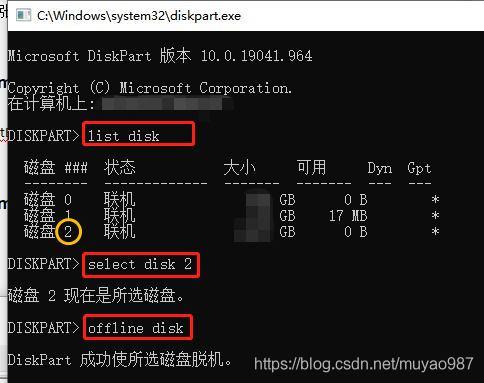
Eject stubborn hard drives with diskpart's offline command

品牌方发行NFT时,应如何考量实用性?
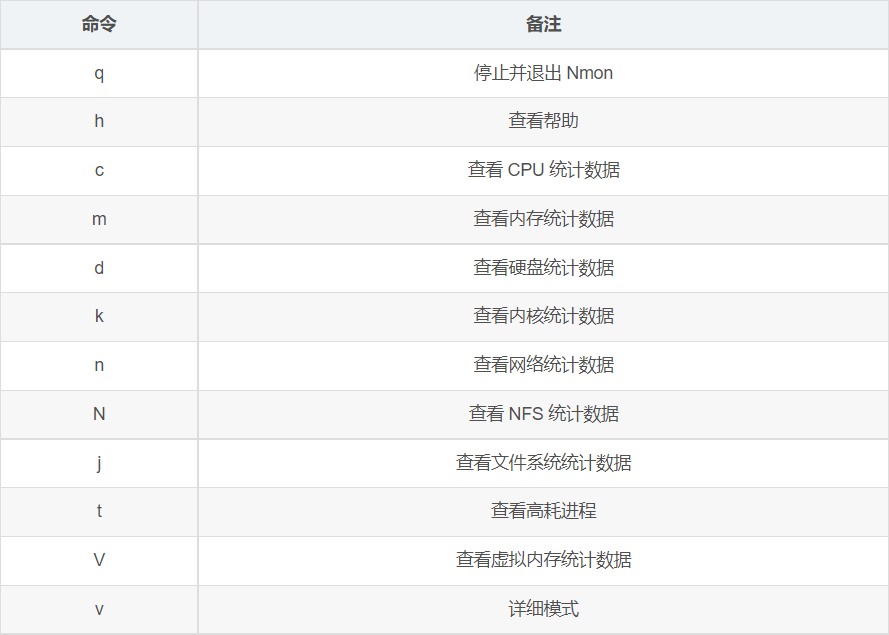
服务器资源监控工具-nmon、nmon_analyser
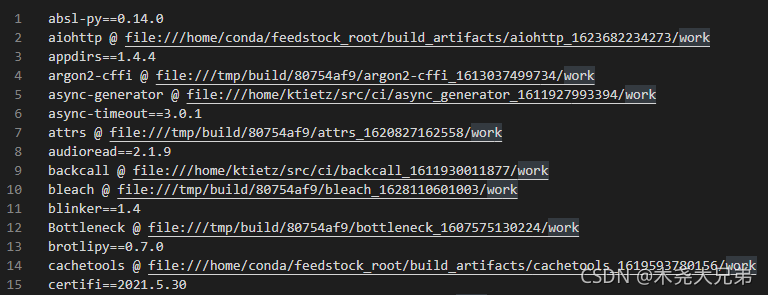
使用pipreqs导出项目所需的requirements.txt(而非整个环境)

LeetCode 每日一题——622. 设计循环队列

Using pipreqs export requirements needed for the project. TXT (rather than the whole environment)

Docker启动mysql
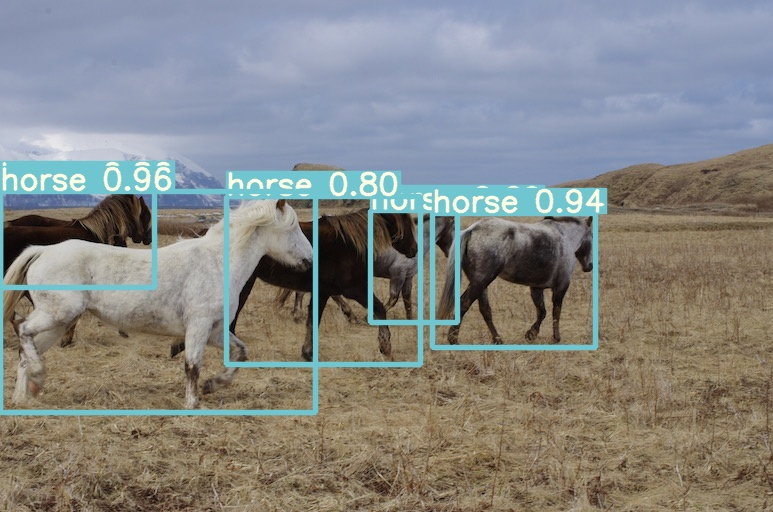
实时目标检测新高地之#YOLOv7#更快更强的目标检测器

Windows安装MySQL(MIS)
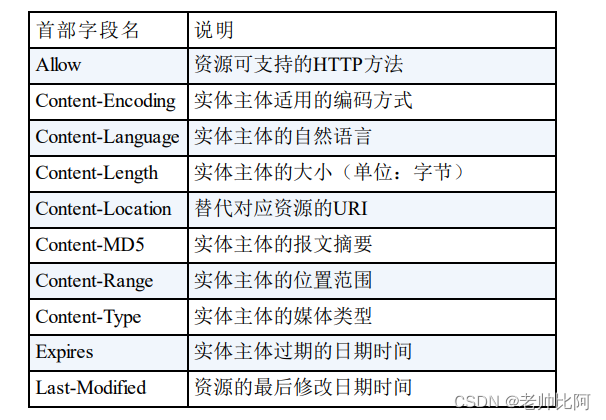
五、《图解HTTP》报文首部和HTTP缓存
随机推荐
DeFi明斯基时刻:压力测试与启示
服务器资源监控工具-nmon、nmon_analyser
WPF 学习笔记《WPF样式基础》
Charles packet capture tool learning record
AcWing 3391. 今年的第几天?(简单题)
Docker启动mysql
0day_Topsec上网行为管理RCE
Mysql如何对两张表的相同字段,同时查询两张数据表
合并两个有序链表
Logic Pro X built-in sound library list
unity的game界面里有canvas的线框?如何隐藏掉?
判断根节点是否等于子节点之和
Taro框架-微信小程序-内嵌h5页面
内存模型之有序性
“==”和equals的区别
数仓4.0(一)
redis AOF持久化个人理解
[Kaggle combat] Prediction of the number of survivors of the Titanic (from zero to submission to Kaggle to model saving and restoration)
ArcEngine(四)MapControl_OnMouseDown的使用
使用pipreqs导出项目所需的requirements.txt(而非整个环境)